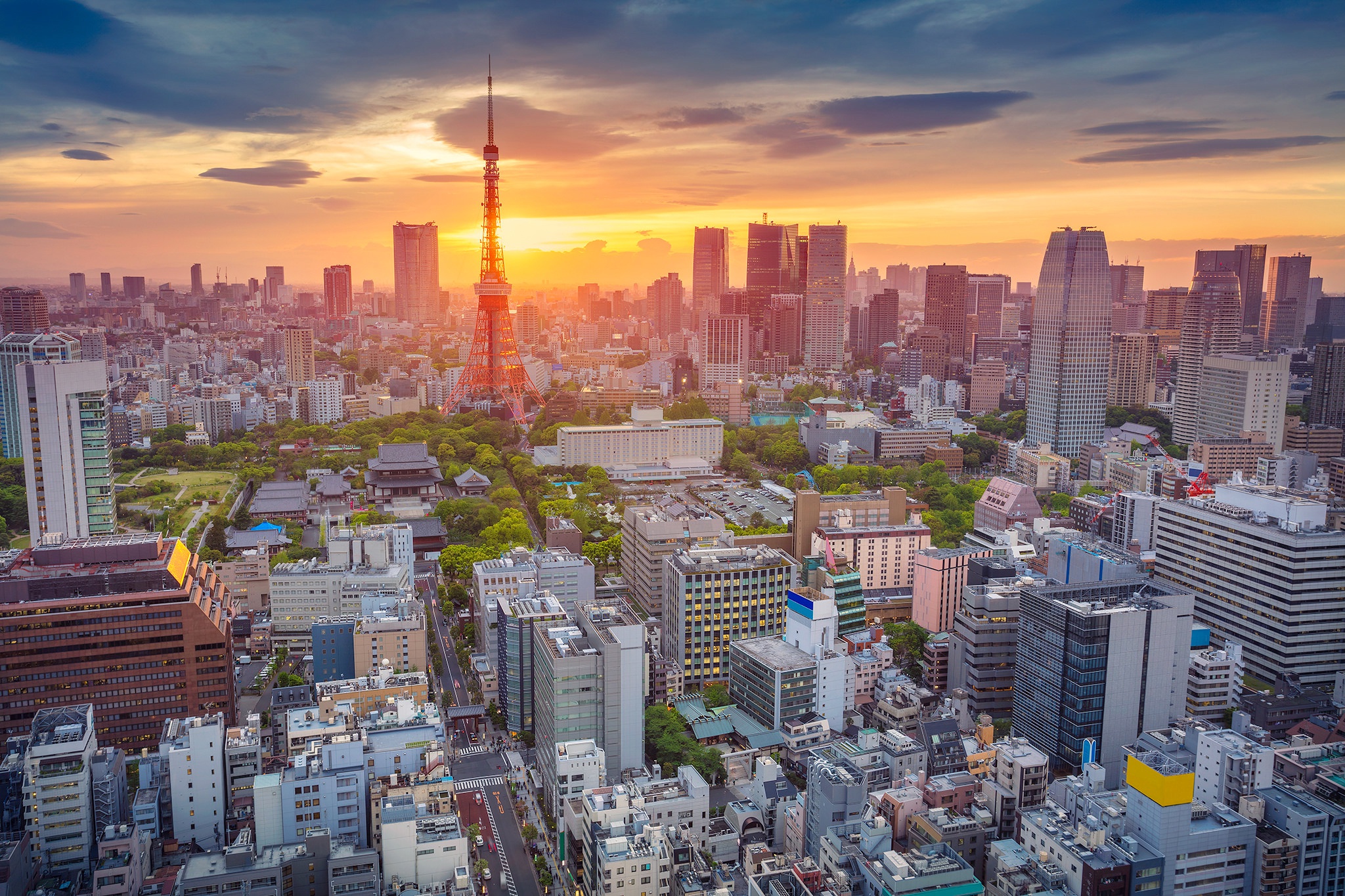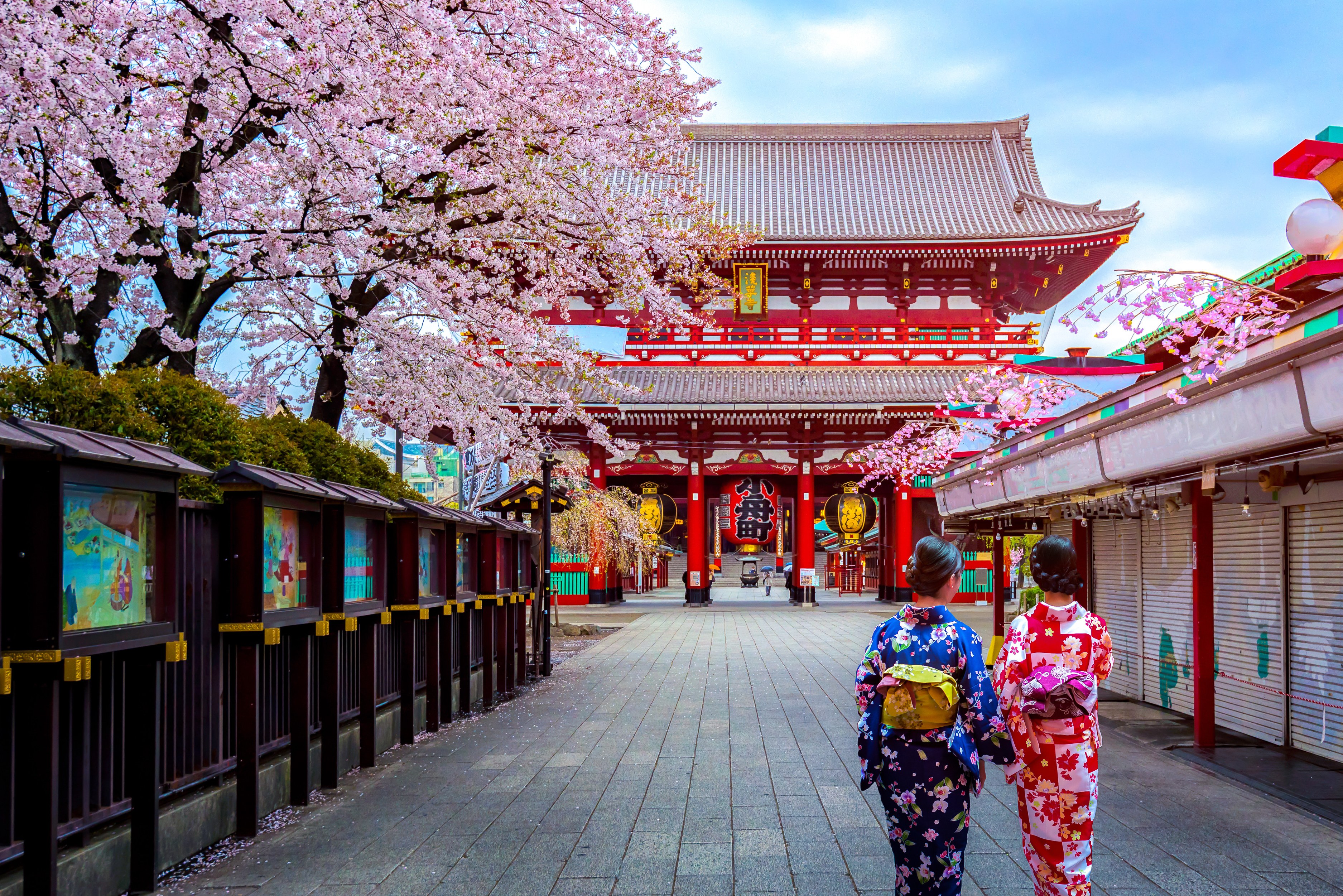



Tokyo is the capital and most populous prefecture of Japan. Located at
the head of Tokyo Bay, the prefecture forms part of the Kantō region on
the central Pacific coast of Japan's main island, Honshu. Tokyo is the
political and economic center of the country, as well as the seat of the
Emperor of Japan and the national government. In 2019, the prefecture
had an estimated population of 13,929,280. The Greater Tokyo Area is the
most populous metropolitan area in the world, with more than 37.4
million residents as of 2018.
Originally a fishing village named Edo, the city became a prominent
political center in 1603, when it became the seat of the Tokugawa
shogunate. By the mid-18th century, Edo was one of the most populous
cities in the world, with a population numbering more than one million.
Following the end of the shogunate in 1868, the imperial capital in
Kyoto was moved to the city, which was renamed Tokyo, literally
"eastern capital".

Japanese culture was influenced from ancient times to the Middle Ages
primarily by multiple Chinese dynasties and to a lesser extent by other
Asian countries. For example the Japanese language uses Chinese
characters, kanji, for writing, but Japanese has no genetic relationship
with Chinese. In the near-contemporary history since the Meiji period
Japan was primarily influenced by western countries. Repeated influence,
absorption and selection in various ways have added to the development
of a distinct and unique culture.
Japanese is the official and primary language of Japan. Japanese has a
lexically distinct pitch-accent system. Early Japanese is known largely
on the basis of its state in the 8th century, when the three major works
of Old Japanese were compiled. The earliest attestation of the Japanese
language is in a Chinese document from 252 AD. The Japanese language has
no genetic relationship with Chinese. It belongs to a completely
different language family called Japonic languages. However, it makes
extensive use of Chinese characters, or kanji '漢字', in
its writings.